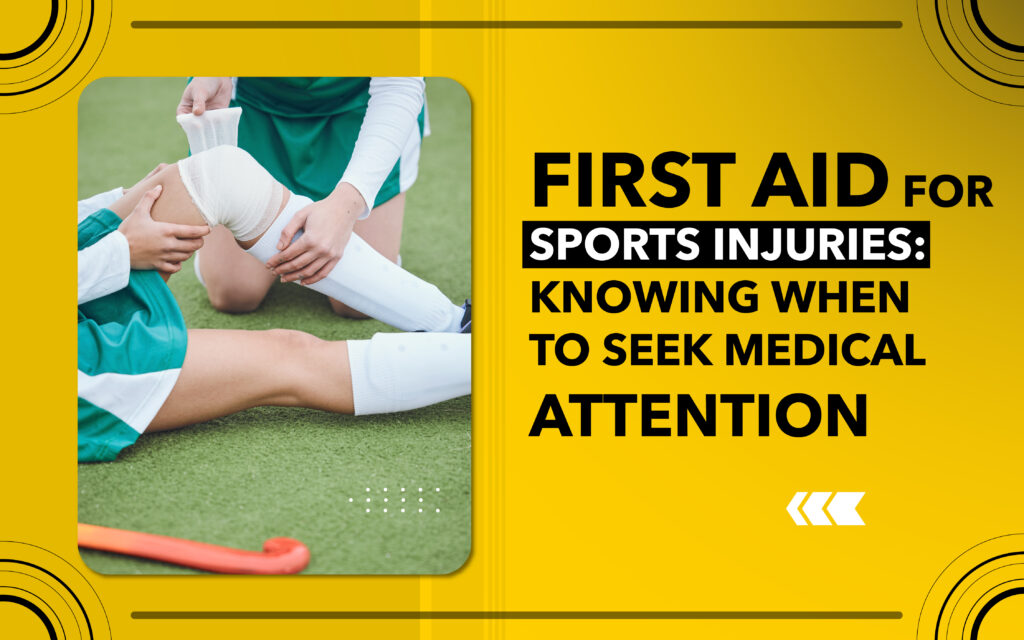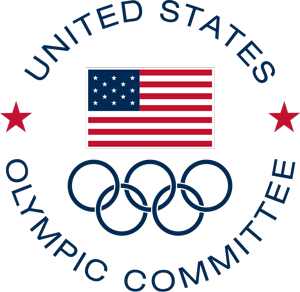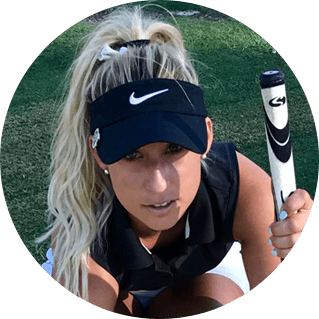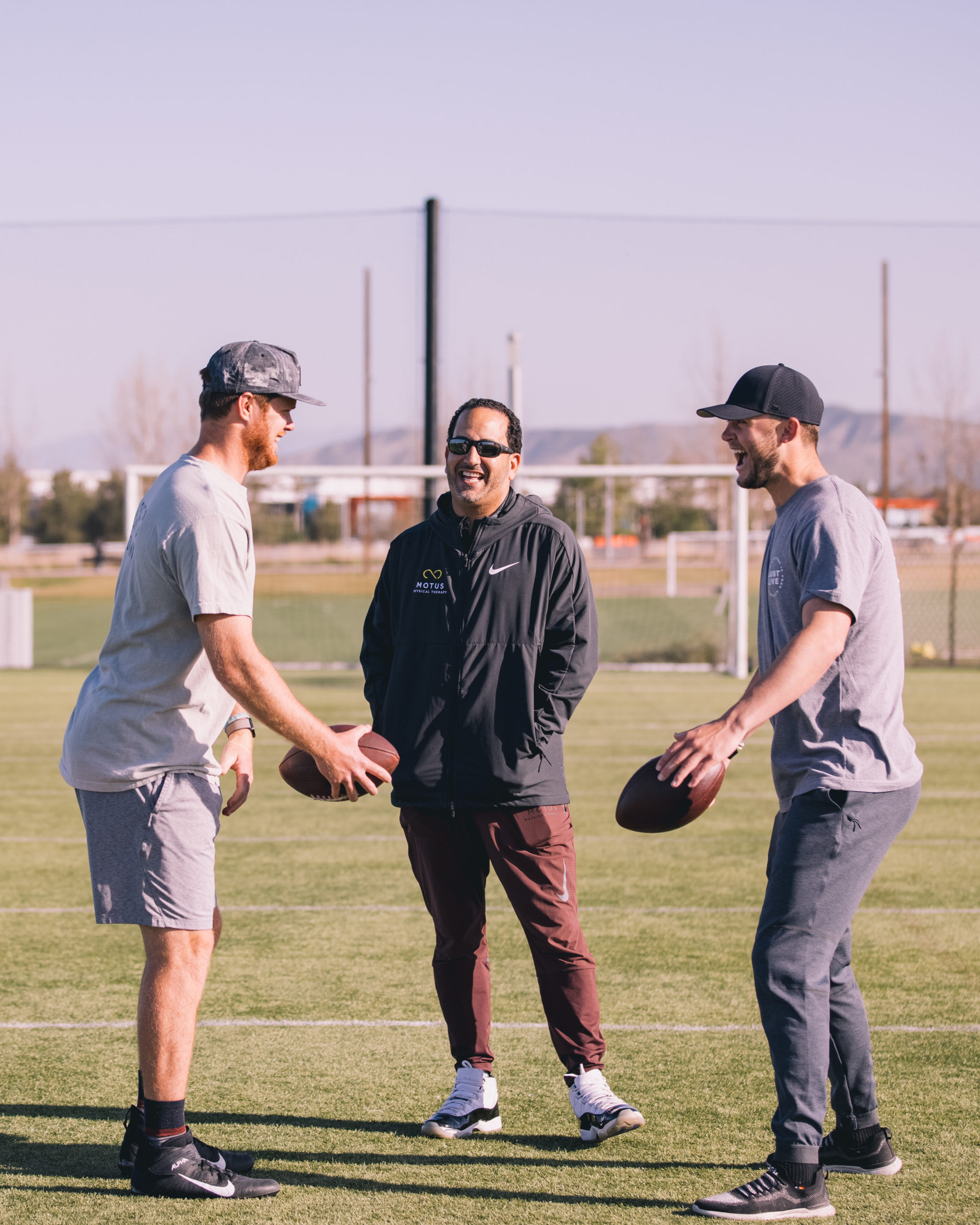
Injuries in sport are inevitable, and they can happen regardless of how hard you try to prevent it. Most times, there is no one to blame – it just happens because it is the nature of the sport. The first step to understanding when to seek medical injury for an injury is first assessing how severe it is.
Proper Diagnosis of Injury
It is vital to understand the severity of the injuries to properly diagnose and treat them. The extent of the injuries also depends on the sport being played. Sports that are full-contact, like rugby or football, have a greater chance of serious injury than other sports.
The key is to have enough experience to diagnose it accurately and find the best recourse. For proper injury diagnosis and care in Seal Beach CA, Motus are the people you want.
Minor Injuries
● Sprains and Strains
These are some of the most common types of injuries on the field. Sprains and strains occur due to several reasons, including overstretching a muscle, not properly warming up, or even loading your muscle at the wrong angle. Most of these types of injuries are nothing to worry about.
Treatment
The best thing to do in this case would be to stop what you’re doing and get some rest. If the pain still persists, apply ice packs to the injury area for up to 48 hours till it eases. If possible, keep the injured area elevated above your heart level. It is a good idea to avoid alcohol and massage to avoid irritating the muscles around it.
● Cuts and Scrapes
Another type of common injury that frequently occurs with contact sports is small cuts, and mild scrapes are nothing to worry about. But without proper treatment, it can get infected, so learning how to care for this type of injury helps.
Treatment
The first thing to do would be to stop the bleeding. Use a clean cloth to apply slight pressure on the cut to stop the flow. After that, wash the area thoroughly and apply a layer of antibiotic cream to prevent infection. Take care to remove all dirt and debris from the wound. If the cut bleeds a lot, seeing a doctor in Seal Beach CA might be best.
● Bruises
Bruises are another type of injury that is common with sports. A bruise or muscle contusion is caused by excessive, blunt force to a particular area, causing blood to pool under the skin. Falls or being struck by a hard object can cause this type of injury.
Treatment
The best way to combat painful bruising is to keep the area gently stretched and elevated. Depending on the area that is injured, you might need to use protective devices like a sling or crutches. There is nothing to worry about in most cases, but if the pain doesn’t reduce after 48 hours, you might need to seek medical attention.
Moderate Injuries
● Sprains and Strains
A fracture happens when excessive force is applied to an area, and there is a crack in the bone tissue. There are several types of fractures, but a simple fracture is one where the bones don’t pierce the skin.
Treatment
Detecting a fracture might not always be possible without specialized equipment. You need a proper X-ray scan of the injured area to determine it, also, fractures are painful injuries, and you should visit a hospital.
● Dislocations
A dislocation happens when your bone is dislodged from its normal position and can be seriously painful. It is usually caused by collisions and falls when playing a sport. One of the most observed dislocation areas is the shoulder and the ankle. It should be noted that ankle dislocations take a lot longer to heal.
Treatment
The first thing you notice when a joint is dislocated is that the joint becomes disfigured, and you can’t move it normally. All types of dislocation injuries require that the athlete be taken away from play for medical care. Also, never try to put the joint back in place, as this can cause even more damage.
● Concussions
An athlete suffers a concussion because of violent actions that snap the head, which causes the brain to hit the skull. There are a lot of after-effects of a concussion, including changes in behavior and even thinking patterns. People are said to be concussed when they show signs of acute concussion.
Treatment
While concussions were a huge problem back then, the evolution of protective gear has considerably minimized its effects. Concussions in sports are taken a lot more seriously these days. In the event of a head collision, the team doctor takes a look at the athlete and establishes there is no risk before allowing the player to continue.
Severe Injuries
Severe injuries always require medical attention, and you should never put them off. Some examples of serious injuries are compound fractures, head trauma, and spinal injuries. Athletes having any of these types of injuries need to be transported to the nearest medical facility safely. Here, care should be taken to not cause any more injury to the head or spinal column during transport. Not taking this seriously can result in permanent long-term damage or even be fatal.





















